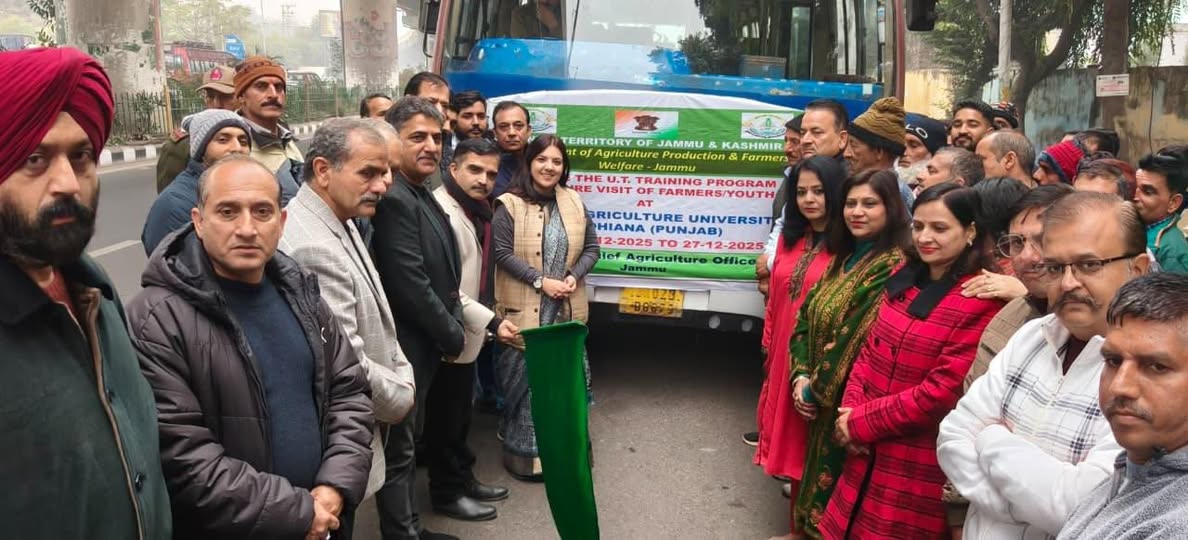Secret Trench Discovered in Kulgam’s High Ridges
Srinagar: Terror outfits in Jammu and Kashmir are increasingly shifting their tactics, constructing sophisticated underground bunkers deep within dense forests and elevated ridges, rather than taking shelter in local homes, officials said on Sunday.
This shift, driven by dwindling local support, poses a new and complex challenge for the Army and other security forces.
The trend came to light last week during an encounter in the higher reaches of Kulgam district, where two terrorists were killed. During the operation, security forces uncovered a hidden trench stocked with rations, miniature gas stoves, pressure cookers, weapons, and ammunition.
A senior security official, speaking on condition of anonymity, said such bunkers are increasingly common in Kulgam and Shopian districts, as well as south of the Pir Panjal in the Jammu region, where thick forests provide ideal camouflage.
“Although we have managed to locate a few of these hideouts, intelligence suggests terrorists are now instructed to occupy higher and middle ridges and strike on command from across the border,” the official added. “It’s not the number of kills that concerns us—it’s the trend indicating that terrorists are now entrenched in these underground bunkers.”
Retired Lt Gen D.S. Hooda, who led the 2016 surgical strikes, noted that these high-altitude trenches mirror tactics employed by militants in the 1990s and early 2000s. He also highlighted the growing absence of human intelligence, a key asset in earlier counter-terrorism operations, but expressed confidence that the Army will “re-evaluate its strategy” to tackle the threat.
Similarly, B. Srinivas, retired Director General of Puducherry Police who served three decades in Jammu and Kashmir, said that terrorists are now forced to rely on underground bunkers as local shelters in towns and villages are no longer safe. With the local population increasingly rejecting separatist ideology, infiltrators are using these secret trenches to hide from potential informers.
This echoes operations like ‘Sarp Vinash’ in 2003, when forces successfully targeted concealed terror camps in Poonch.
To counter the challenge, security agencies are planning to deploy advanced technology, including drones equipped with ground-penetrating radar (GPR) and seismic sensors. While drones can access remote and difficult terrain, GPR and seismic sensors can detect underground voids and structural anomalies, pinpointing the location of hidden bunkers.
The immediate goal is clear: enhance intelligence gathering in forested belts and leverage these technologies to neutralize remaining terrorists.
The Army has previously faced underground bunkers and man-made cavities in residential areas, notably in Pulwama, Kulgam, and Shopian between 2020 and 2022. In one instance, a bunker in the middle of Rambi Ara—an area prone to flash floods—was accessed through an opening disguised as an empty oil barrel.
Other examples include a concealed underground room in Bandpoh, hidden under dense apple orchards, and a bunker in Labipora, Shopian, where terrorists buried an iron box along a riverbank, creating a small breathing pipe to remain undetected.
As terrorists adapt their methods, the focus for security forces is increasingly on blending intelligence with technology to uncover these hidden bunkers before they can be used for attacks.













